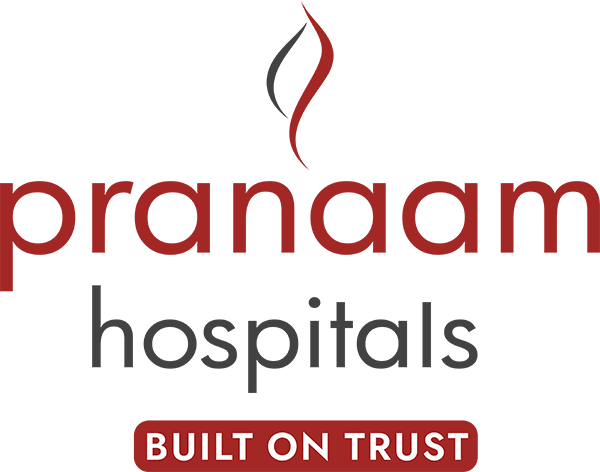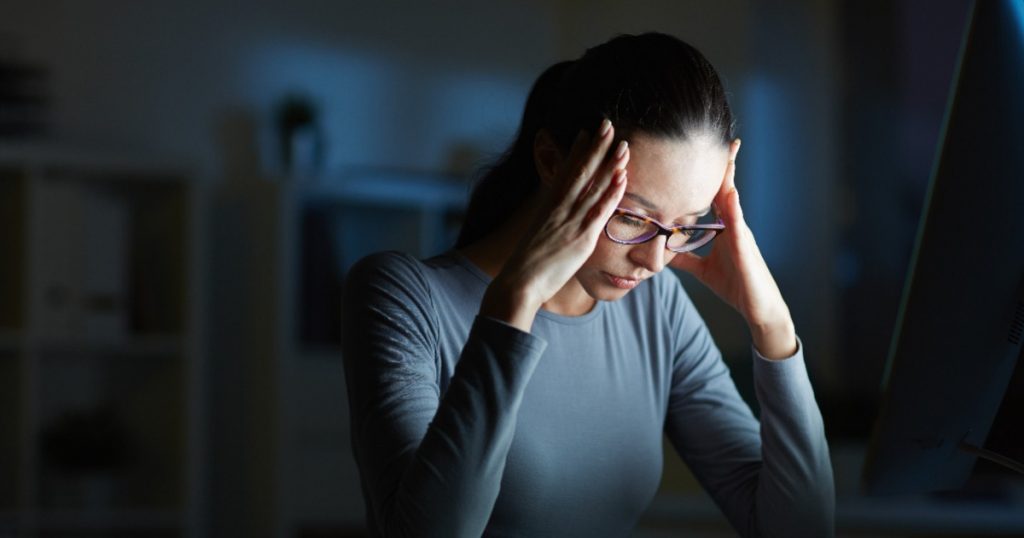Awareness and knowledge of any health issue, physical or mental, is always central to recovery. As the wise rightly say, “Knowledge is power”. The same applies to managing and treating anxiety.
What is anxiety?
All humans have a ‘flight-or-fight’ response to impending danger. In simple words, it is an automatic physiological reaction to an event that is perceived as stressful, frightening, strenuous, or dangerous.
For people with anxiety disorders, this response is inappropriately triggered by situations that are generally harmless.
Awareness and education on the same level are important ways to promote control over the symptoms of anxiety.
Mindfulness:
- An anxious person can spend a significant amount of time having anxiety-provoking thoughts during bouts of anxiety.
- If you are an anxious person, being mindful of the surroundings and the happenings can guide you to bring your attention back to the present moment and unhook from unhelpful thoughts.
- As people start to realize how helpful and beneficial mindfulness can be in a number of issues, it is becoming more and more popular nowadays.
Relaxation techniques: Knowing how to release muscle tension can be quite helpful for those with anxiety, as people who feel anxious most of the time have trouble relaxing. Relaxation techniques like
- Progressive muscle relaxation.
- Abdominal breathing
- Isometric relaxation exercises can be of great help.
Breathing techniques:
- Hyperventilation is a physical symptom of anxiety. It raises oxygen levels and reduces the amount of carbon dioxide in the blood. Carbon dioxide assists in the regulation of the body’s reaction to anxiety and panic.
- Learning to breathe from the diaphragm, rather than the chest, to safeguard against hyperventilation could be helpful in persons experiencing anxiety. Allowing your belly to expand as you breathe in is the key.
- To make sure you are breathing right, place one hand on your lower abdomen and the other on your chest. If your abdomen moves, rather than your chest, you are breathing correctly. It will help you slow your breathing and ease your anxiety.
- You can also try to hold your breath for a few seconds. This helps to boost carbon dioxide levels in the blood.
Cognitive therapy:
- Cognitive therapy helps in changing thought patterns and beliefs associated with anxiety.
- Cognitive therapy strategies include attention training, reality testing, cognitive restructuring, rational ‘self-talk’, reality testing, attention training, and cognitive challenging, which will all help in monitoring your self-talk, challenging unhelpful fears and beliefs, and testing out the reality of negative thoughts.
Behavior therapy:
- Deliberately confronting your own fears in order to desensitize yourself is called exposure therapy and it is a main component of behavior therapy. It allows you to train yourself to redefine your fear or danger aspects which often trigger your anxiety.
- To train yourself and redefine dance. A major component of behavior therapy is exposure. Exposure therapy involves deliberately confronting your fears in order to desensitize yourself. Exposure allows you to train yourself to redefine the danger or fear aspect of the situation or trigger.
- The therapy may include ranking your fears, from most to least threatening, and working on one of your least threatening fears.
- It will also push you to think about the feared situation and imagine yourself in it and analyze it to figure out what you are afraid of.
- Small steps including decreasing the distance between yourself and your feared objects or situations are taken during the therapy. It may also involve an increase in the amount of time you spend in your feared situation.
- Behavior therapy will help you resist the urge to leave midway by using relaxation, breathing techniques, and coping statements.
Dietary adjustments:
- Caffeine, stimulant drugs, and nicotine are best avoided, as they can trigger your anxiety by releasing adrenaline, which is one of the main stress chemicals. Consumption of artificial additives, preservatives, and high contents of salt also needs to be checked.
- Fresh foods such as wholegrain cereals, leafy vegetables, and low-fat dairy products are helpful.
Exercise:
- Exercise burns up stress chemicals and helps in your relaxation process. Physical activity is another great way to manage anxiety and indulging in some physical activity at least three times a week can ease the physical symptoms of anxiety which are caused by the flight-or-fight response which floods the body with stress chemicals like adrenaline.
Learning to be assertive:
- A person with an anxiety disorder has trouble being assertive due to fear of conflict. Relating passively to others lowers self-confidence and reinforces anxiety. In such cases, learning to be more assertive becomes important to develop strong self-esteem.
- Being assertive means communicating your feelings, needs, opinions, wants, and beliefs honestly without intentionally hurting anyone’s feelings. Expressing yourself honestly, one instance at a time will help you learn how to be assertive and reduce anxiety.
Building self-esteem:
- Community support organizations and counseling may help you cope with low self-esteem, which is something that people with anxiety disorder often face. Feeling worthless can make anxiety worse in many ways. It can trigger a passive style of interacting with others and foster a fear of being judged harshly.
- Low self-esteem may also be related to the impact of anxiety disorder on your life. These problems may include isolation, feelings of shame, and guilt
Medication:
- Research studies have shown over the years that psychological therapies such as cognitive therapy and behavior therapy are much more effective than medication in managing anxiety disorder in the long term.
- Hence, it is important to see medication only as a short-term measure, rather than the solution to anxiety disorder.
- It is important that medications are seen as a short-term measure, rather than the solution to anxiety disorders.


